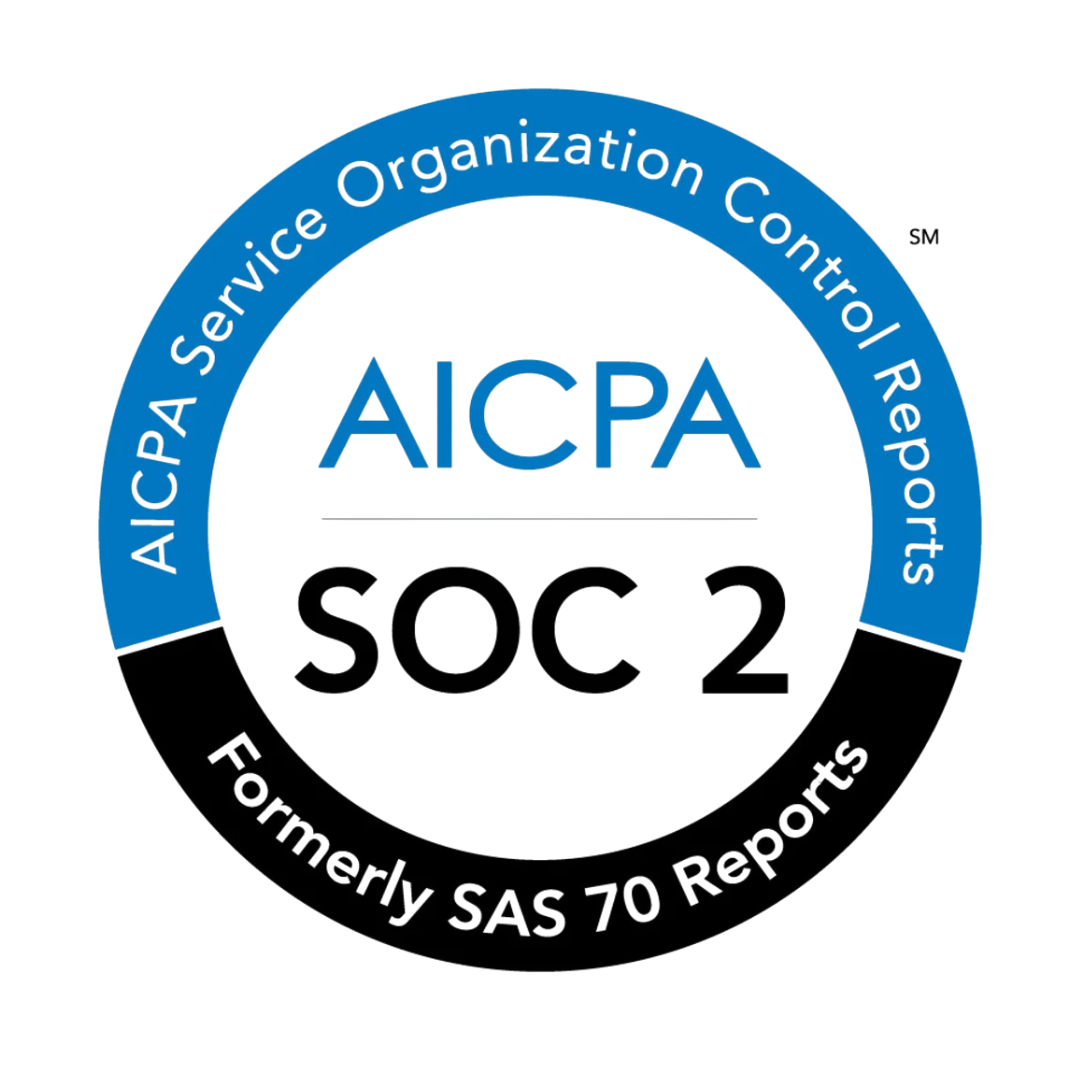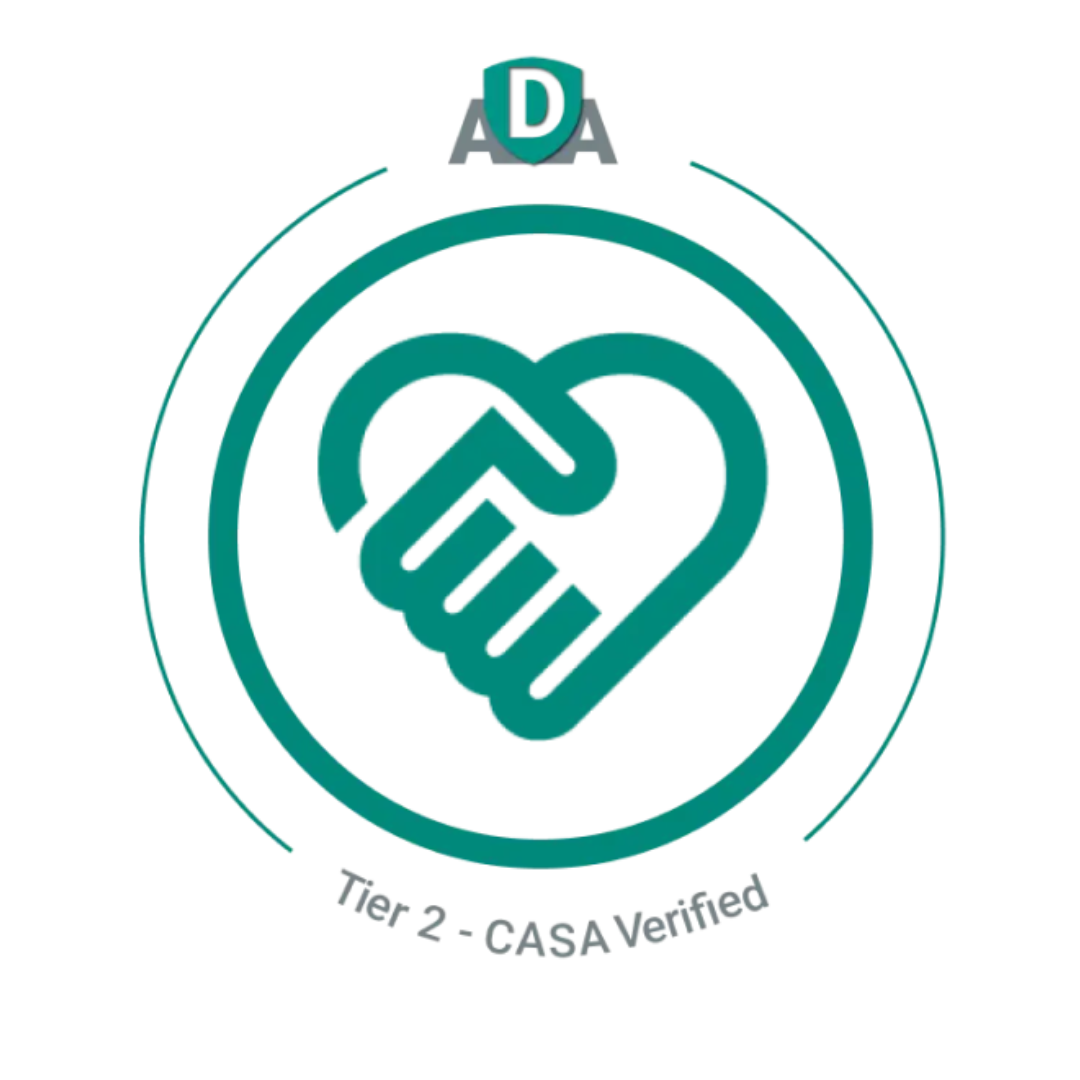Build an Investor Pipeline in Metal: An 8-Week Workflow From Criteria to Term Sheet
Raising venture capital has become increasingly data-driven, with founders moving away from spray-and-pray approaches toward systematic, metrics-based processes. Recent industry surveys show that the average time from first pitch to term sheet is 7.8 weeks, making pipeline management critical for staying on schedule (OpenVC). This comprehensive guide walks through building an investor pipeline using Metal's CRM capabilities, providing founders with a step-by-step workflow that maps directly to this timeline.
Week 1: Define Your Qualifying Criteria
Setting Up Your Investment Profile
Before diving into Metal's database of 4,000+ active venture investors, founders need to establish clear qualifying criteria (Metal). This foundational step determines the quality of your entire pipeline and directly impacts conversion rates throughout the fundraising process.
Stage Specialization Framework
The most critical distinction is between "stage specialists" and "stage tourists." Stage specialists focus primarily on your funding stage, while stage tourists invest opportunistically (Metal Blog). For pre-seed rounds, target investors who dedicate at least 40% of their portfolio to pre-seed investments. For Series A, look for firms where 30%+ of investments occur at this stage.
Sector Concentration vs. Familiarity
Metal's advanced search capabilities help distinguish between investors familiar with your sector and those concentrating investments within it (Metal Search). Sector-familiar investors have made 3-5 investments in your space, while sector-concentrated investors dedicate 20%+ of their portfolio to your industry. The latter often provide stronger partnerships due to developed thesis and network effects.
Geographic Relevance Mapping
Founders often make geographic targeting mistakes by being either too restrictive or too liberal. Metal's data shows that successful geographic targeting involves identifying investors who have made meaningful investments in similar markets, not just local investors (Metal Documentation). For US-based companies, this includes European and Asian investors who actively invest in North American startups.
Creating Your Investor Criteria Checklist
Primary Criteria (Must-Haves):
Secondary Criteria (Nice-to-Haves):
Week 2: Import and Organize Your Network Data
Integrating Data Sources
Metal's platform requires integration with LinkedIn and Gmail to maximize its network analysis capabilities (Metal Quickstart). This integration enables the platform to identify warm introduction pathways and leverage existing relationships for investor outreach.
LinkedIn Integration Process
Gmail Integration Benefits
Email integration provides Metal with communication history and relationship strength indicators. This data helps prioritize introduction requests and identifies the most effective outreach pathways (Metal Documentation).
Network Analysis and Mapping
Once data integration is complete, Metal's algorithms analyze your network to identify potential introduction pathways to target investors. The platform shows optimal intro pathways to each investor, significantly increasing outreach efficiency (Y Combinator).
Relationship Strength Scoring
Metal assigns relationship strength scores based on:
Week 3: Build Your Target Investor List
Using Metal's Advanced Search Filters
Metal provides 20+ granular filters for investor identification, enabling precise targeting based on your qualifying criteria (Metal). The platform's high-resolution search capabilities help founders determine which investors to pursue with data-driven precision.
Filter Configuration Strategy
Smart System Recommendations
Metal's recommendation engine surfaces best-fit matches based on your company profile and fundraising objectives. These recommendations consider factors beyond basic filters, including investment timing, portfolio construction needs, and market dynamics (Metal Documentation).
Recommendation Scoring Methodology
The platform evaluates potential investors across multiple dimensions:
Creating Tiered Target Lists
Tier 1: Dream Investors (10-15 targets)
Tier 2: Strong Fits (20-30 targets)
Tier 3: Backup Options (30-50 targets)
Week 4: Set Up Your CRM Pipeline
Configuring Metal's Built-in CRM
Metal's integrated CRM system helps manage and track fundraising outreach from start to finish (Metal). The platform provides founders with the intelligence and precision needed to focus on "most likely" investors throughout the process.
Pipeline Stage Configuration
Advanced Data Columns Setup
Metal allows founders to add advanced data columns to view key trends for qualified investors (Metal Documentation). These columns provide critical context for prioritization and outreach timing.
Essential Data Columns:
Custom Tracking Fields:
Automation and Workflow Setup
Metal's platform enables automated tracking and follow-up reminders to ensure consistent pipeline management. Set up automated workflows for:
Week 5-6: Execute Systematic Outreach
Warm Introduction Strategy
The venture industry runs on warm introductions, making relationship leverage critical for success (Metal Documentation). Metal's network analysis identifies optimal introduction pathways and provides templates for effective requests.
Introduction Request Framework
Cold Outreach Optimization
For investors without warm introduction pathways, Metal provides data-driven insights for effective cold outreach. Research shows that personalized, data-backed outreach significantly outperforms generic templates (Ascend VC).
Cold Email Best Practices:
Outreach Sequencing and Timing
Week 5 Focus: Tier 1 Investors
Week 6 Focus: Tier 2 Expansion
Week 7: Manage Due Diligence and Momentum
Due Diligence Coordination
As investor interest develops, Metal's CRM helps coordinate due diligence requests and information sharing. The platform's organizational capabilities ensure consistent communication and efficient process management (Metal Documentation).
Due Diligence Checklist:
Momentum Management
Maintaining momentum requires careful orchestration of multiple investor conversations. Metal's pipeline tracking helps founders balance competing timelines and decision-making processes.
Momentum Strategies:
Reference and Network Leverage
Successful fundraising often depends on leveraging existing relationships and customer references. Metal's network analysis helps identify the most credible and relevant references for each investor conversation.
Week 8: Navigate Term Sheets and Close
Term Sheet Evaluation
As term sheets arrive, founders must evaluate offers across multiple dimensions beyond valuation. Metal's investor intelligence helps assess the strategic value and reputation of different offers (Metal Documentation).
Term Sheet Evaluation Framework:
Negotiation and Closing Process
The final week requires careful coordination of legal processes, reference checks, and final negotiations. Metal's CRM helps track all moving pieces and ensure nothing falls through the cracks.
Closing Checklist:
KPI Dashboard and Success Metrics
Pipeline Performance Tracking
Metal's analytics capabilities enable comprehensive pipeline performance tracking. Monitor these key metrics throughout your 8-week process:
| Metric | Week 1-2 Target | Week 3-4 Target | Week 5-6 Target | Week 7-8 Target |
|---|---|---|---|---|
| Qualified Targets | 100+ | 75+ | 50+ | 25+ |
| Introduction Requests | 0 | 5-10 | 15-25 | 10-15 |
| Initial Meetings | 0 | 2-3 | 8-12 | 5-8 |
| Due Diligence | 0 | 0-1 | 3-5 | 2-4 |
| Term Sheets | 0 | 0 | 0-1 | 1-3 |
Conversion Rate Optimization
Track conversion rates at each stage to identify optimization opportunities:
Quality Metrics
Beyond quantity, monitor quality indicators:
Delegation and Team Coordination
Role Distribution
Founder/CEO Responsibilities:
Operations/Finance Team:
Marketing/Communications:
Communication Protocols
Establish clear communication protocols to ensure team alignment:
Advanced Metal Features for Pipeline Optimization
AI-Powered Insights
Metal's AI capabilities provide advanced insights for pipeline optimization. The platform analyzes successful fundraising patterns and provides personalized recommendations for improving conversion rates (Y Combinator).
Network Effect Amplification
Leverage Metal's network analysis to identify second and third-degree connections that can provide additional introduction pathways. The platform's algorithms identify non-obvious relationship paths that can significantly expand your outreach options.
Competitive Intelligence
Metal provides insights into competitive fundraising activity and market dynamics. Understanding which investors are active in your space and their recent investment patterns helps optimize timing and positioning.
Common Pitfalls and How to Avoid Them
Over-Targeting Early Stages
Many founders focus too heavily on pre-seed investors when raising seed rounds, or seed investors when raising Series A. Metal's stage specialization data helps avoid this common mistake (Metal Blog).
Geographic Misalignment
Founders often pursue investors who don't invest in their geography or focus too narrowly on local investors. Metal's geographic analysis helps identify the optimal balance of local and international investors.
Timing Mismatches
Pursuing investors who aren't actively deploying capital wastes valuable time. Metal's activity tracking ensures you focus on investors who are currently making investments.
Network Underutilization
Many founders fail to fully leverage their existing networks for warm introductions. Metal's network analysis reveals hidden connection pathways that can significantly improve outreach success rates.
Measuring Success and Iteration
Success Metrics Framework
Primary Success Indicators:
Secondary Success Indicators:
Process Iteration and Improvement
Use Metal's analytics to identify areas for improvement in future fundraising efforts:
Conclusion
Building an effective investor pipeline requires systematic execution, data-driven decision-making, and consistent process management. Metal's comprehensive platform provides the tools and intelligence needed to execute this 8-week workflow successfully (Metal). By following this structured approach, founders can significantly improve their fundraising efficiency and success rates while staying aligned with the industry-standard 7.8-week timeline from first pitch to term sheet.
The key to success lies in rigorous preparation, systematic execution, and continuous optimization based on real-time feedback and performance data. Metal's CRM and analytics capabilities provide the foundation for this disciplined approach, enabling founders to focus their efforts on the most likely investors while maintaining momentum throughout the process (Metal Documentation).
Remember that fundraising is ultimately about building relationships and finding the right partners for your company's journey. While process and efficiency matter, the quality of investor-founder fit and strategic alignment should remain the primary consideration in all decision-making. Metal's platform provides the intelligence and tools to optimize this balance, ensuring both efficient execution and high-quality outcomes.
Frequently Asked Questions
What is Metal's recommended process for pipeline development?
Metal's recommended process focuses on systematic pipeline development through their AI-powered CRM platform. The process emphasizes data-driven investor targeting, automated research and screening, and streamlined diligence workflows. According to Metal's documentation, their platform unifies internal and external data to accelerate the investment process from initial screening to final decisions.
How long does the average fundraising process take from first pitch to term sheet?
Recent industry surveys indicate that the average time from first pitch to term sheet is 7.8 weeks. This timeline has become the industry standard, making systematic pipeline management critical for founders who want to stay on schedule and maintain momentum throughout their fundraising process.
What makes Metal's platform different from traditional investor CRM systems?
Metal's platform leverages AI to accelerate deal flow by reducing the effort needed to collect and parse data, perform diligence, and capture key findings. Unlike traditional CRMs, Metal provides advanced intelligence and insights on venture investors, shows optimal intro pathways to each investor, and unifies both internal and external data sources for comprehensive investor analysis.
What key metrics should SaaS startups focus on when building their investor pipeline?
SaaS investors primarily look for strong Annual Recurring Revenue (ARR) growth rate, Net Revenue Retention (NRR), Customer Acquisition Cost (CAC) and Lifetime Value (LTV) ratios, and a clear path to profitability. Since SaaS fundraising is "a game of metrics, momentum, and investor fit," founders should ensure these KPIs are prominently featured in their pipeline tracking and investor communications.
How can founders identify the right investors for their SaaS startup?
Founders can use comprehensive investor databases like Confluence.VC, which contains over 2,000 investors filterable by sector, stage, geography, and investment focus. For SaaS startups specifically, venture capitalists are attracted to the recurring revenue model, scalability, and high margins that characterize successful SaaS businesses.
What role do warm introductions play in the investor pipeline process?
Warm introductions significantly improve success rates in fundraising. Existing investors can provide valuable warm introductions to potential new investors, customers, and advisors. Tools like LinkedIn and LinkedIn Sales Navigator can help identify targets for introductions, while platforms like Metal show optimal intro pathways to each investor, making the process more strategic and efficient.





